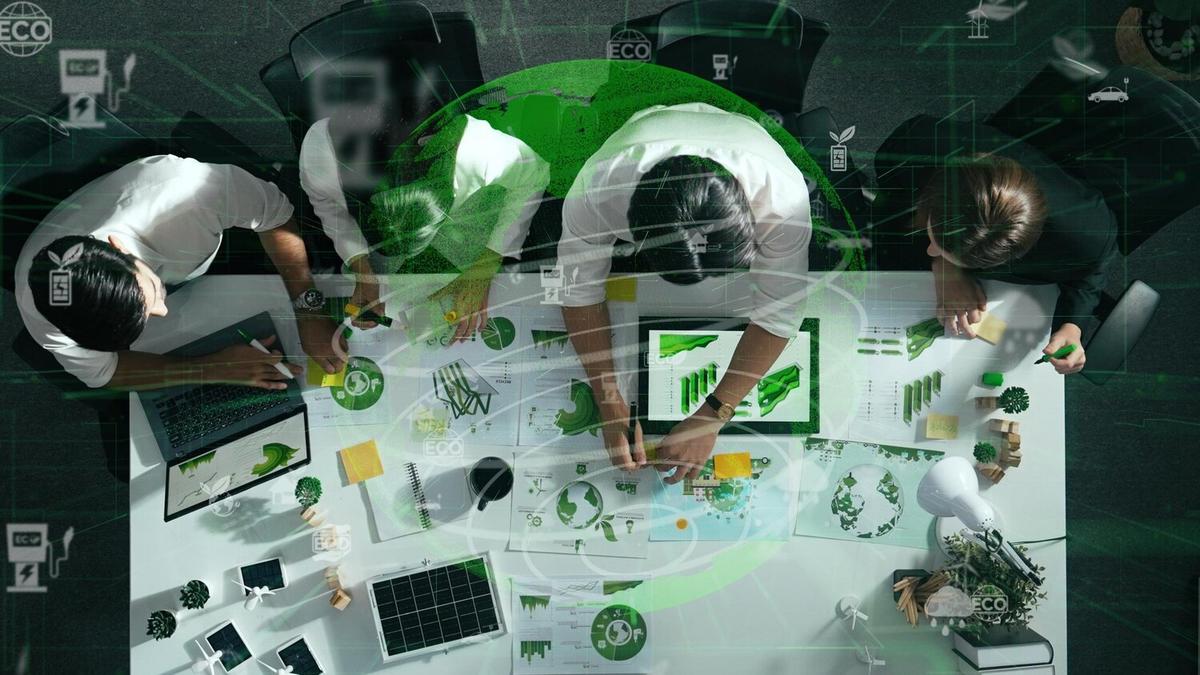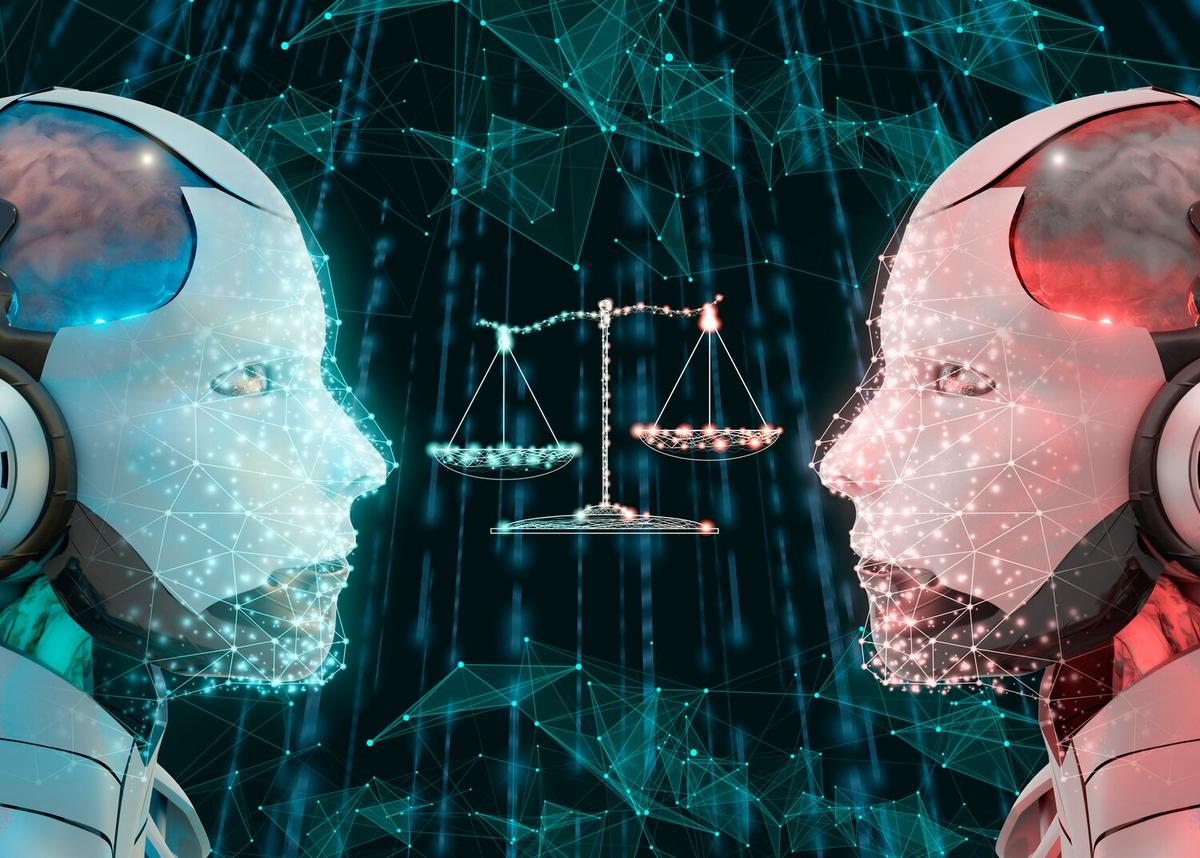
The Circular Economy: Reducing Waste with Sustainable Tech
As environmental challenges continue to mount, the concept of a circular economy emerges as a promising solution to reduce waste and promote sustainability through innovative technologies.
The traditional linear economy model—take, make, dispose—is increasingly unsustainable in the face of finite resources and growing waste. Enter the circular economy, a system aimed at minimizing waste and making the most of resources. By redesigning processes and products, the circular economy strives to create a closed-loop system where materials are reused and recycled, reducing the environmental impact significantly.
The Role of Technology in a Circular Economy
Technology plays a pivotal role in enabling the circular economy. According to a report by the Ellen MacArthur Foundation, digital technology can accelerate the transition to a circular economy by enhancing the efficiency of resource use and enabling new business models based on circular principles.
Expert Opinions
Dr. Michael Braungart, a prominent figure in sustainable design, emphasizes that “technology is not just a tool but a catalyst for systemic change in creating a circular economy.”
Relevant Statistics
A study by the World Economic Forum highlights that transitioning to a circular economy could unlock USD 4.5 trillion of economic growth by 2030, demonstrating both environmental and economic benefits.
Examples of Sustainable Tech in Action
One notable example is the use of blockchain technology to enhance transparency in supply chains. By tracking the lifecycle of products, companies can ensure materials are reused efficiently and sustainably. Additionally, AI and machine learning are being leveraged to optimize recycling processes, making them more effective and less resource-intensive.
Personal Anecdote
Consider a local electronics company that revamped its operations by adopting a circular model. By refurbishing and reselling old gadgets, they not only reduced waste but also tapped into a growing market of eco-conscious consumers.
Actionable Tips for Individuals
- Embrace repair and upcycling: Before discarding items, consider repairing or repurposing them.
- Opt for products with minimal packaging and those made from recycled materials.
- Support companies that are committed to sustainable practices and circular business models.
Pro Tip: Start small by integrating circular practices in your daily life, like using reusable containers and bags, to contribute to a larger impact.
Comparing Linear vs. Circular Economies
| Aspect | Linear Economy | Circular Economy |
|---|---|---|
| Resource Use | Finite, single-use | Renewable, multi-use |
| Waste Management | Dispose | Reuse, recycle |
| Environmental Impact | High | Reduced |
| Economic Model | Growth at any cost | Growth with sustainability |
| Product Lifecycle | Short | Extended |
| Consumer Role | Passive | Active, engaged |
| Innovation | Incremental | Transformational |
| Business Model | Linear, profit-driven | Circular, value-driven |
FAQs
What is a circular economy?
A circular economy is an economic system aimed at eliminating waste and the continual use of resources through principles like recycling, reusing, and refurbishing.
How can technology facilitate a circular economy?
Technology can enhance resource efficiency, improve product lifecycle tracking, enable new recycling methods, and support sustainable business models.
In conclusion, the circular economy represents a paradigm shift towards sustainable development, leveraging technology to reduce waste and promote resource efficiency. By adopting circular practices, both individuals and businesses can contribute to a more sustainable future. As you explore the potential of the circular economy, remember that every small change can lead to significant environmental benefits. For more insights, check out the resources available on the official Ellen MacArthur Foundation website.


